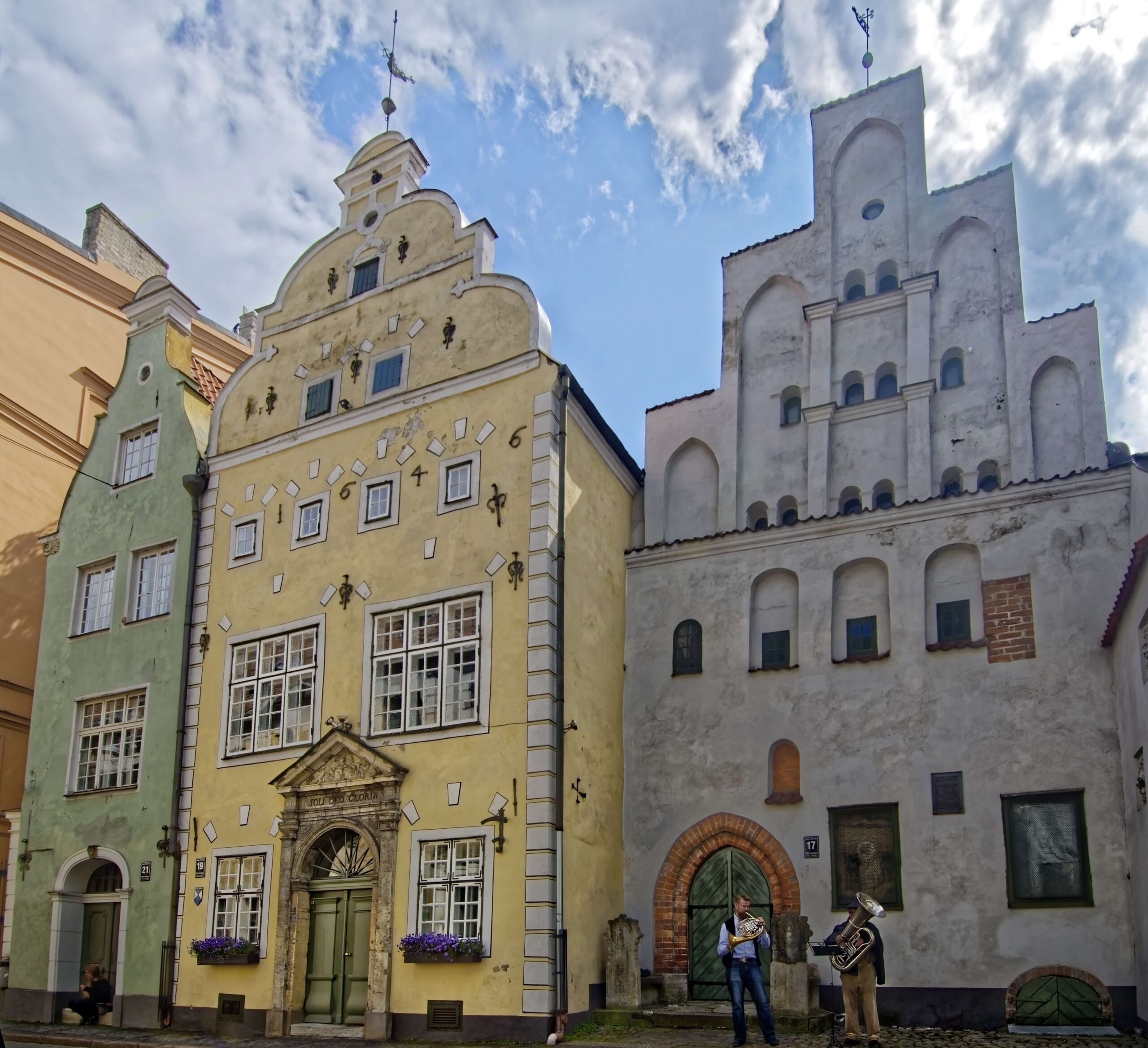This website uses cookies so that we can provide you with the best user experience possible. Cookie information is stored in your browser and performs functions such as recognising you when you return to our website and helping our team to understand which sections of the website you find most interesting and useful.
The Three Brothers

The EHL Site
The Three Brothers in Riga, Latvia, represent a quintessential example of residential architecture spanning from the late 15th to the late 17th centuries. The oldest, with its Gothic and Renaissance decorations, stands as a beacon of the medieval architectural prowess. The second, constructed in 1646, with its Dutch Mannerism influences, serves as a bridge between the gothic traditions and the baroque exuberance of the youngest brother, a testament to the late 17th-century architectural trends. These buildings, apart from their historical and architectural significance, are actively used today, housing the Latvian Museum of Architecture and the State Inspection for Heritage Protection. Their recognition with the European Heritage Label not only celebrates their contribution to the cultural fabric of Latvia but also underscores their role in the broader narrative of European architectural history, making them a must-visit site for anyone interested in the evolution of urban residential architecture.
European dimension
The European Heritage Label bestowed upon the Three Brothers underscores their significance as a cultural landmark that transcends national borders, highlighting a shared European heritage. This distinction is not merely about recognizing architectural beauty but also about acknowledging the role such heritage plays in understanding our collective identity and history. It promotes the idea that heritage sites like the Three Brothers are crucial in fostering a sense of belonging and unity within Europe, by serving as tangible reminders of our interconnected past and the cultural diversity that enriches our continent. As such, the Three Brothers not only stand as a symbol of Latvia’s historical and architectural narrative but also as a testament to the enduring bond that heritage creates among the peoples of Europe, encouraging dialogue, mutual respect, and understanding across cultures.
The organization
The stewardship of the Three Brothers, a beacon of cultural heritage and architectural evolution, is meticulously undertaken by the State Inspection for Heritage Protection and the Latvian Museum of Architecture. These institutions not only ensure the structural preservation of these historical edifices but also engage in extensive educational and promotional activities to highlight their significance. Through exhibitions, guided tours, and interactive displays, they make the rich tapestry of Riga’s and Latvia’s architectural and urban history accessible to both locals and visitors from around the globe. Their efforts are pivotal in maintaining the Three Brothers not just as static monuments of the past but as vibrant educational resources that inspire future generations to appreciate and safeguard our cultural heritage.
